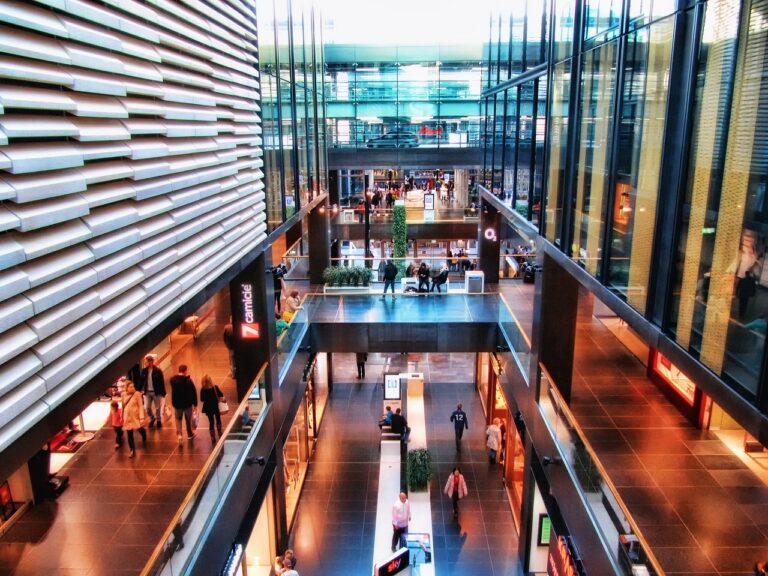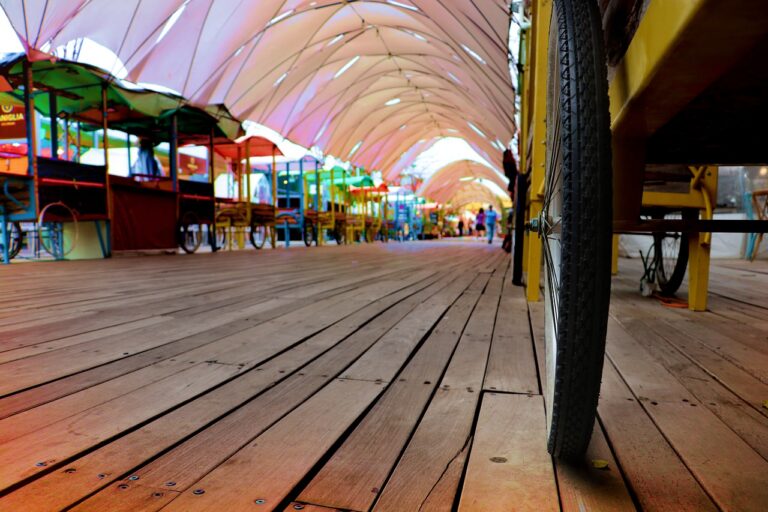The Future of Virtual Reality Fashion Shows
Fashion shows have come a long way from their humble beginnings in the 19th century. Initially held in small venues with limited audiences, they have now transformed into grand spectacles that draw attention from all corners of the world. The evolution of fashion shows can be attributed to various factors such as advancements in technology, changes in consumer behavior, and the rise of social media influence.
In the early days, fashion shows served as a platform for designers to showcase their latest creations to a select few. However, with the introduction of live streaming and social media platforms, these events now have a global reach, allowing designers to connect with a much larger audience. The incorporation of music, choreography, and theatrical elements has also played a significant role in elevating the overall experience of fashion shows, making them more than just a display of clothing but a form of art and entertainment.
The Impact of Virtual Reality Technology
Virtual reality technology has revolutionized the fashion industry by offering a unique and immersive way to experience fashion shows. With virtual reality headsets, viewers can feel like they are front row at a runway show, observing every detail of the collection up close. This innovative technology allows designers to showcase their creations in a whole new light, enhancing the overall impact of their presentations.
Moreover, virtual reality fashion shows have the potential to reach a global audience in real time, breaking down geographical barriers that traditional fashion events may face. Viewers from all corners of the world can participate in the virtual experience, democratizing access to the latest fashion trends and events. This accessibility not only expands the reach of fashion brands but also fosters a more inclusive and diverse fashion community.
Advantages of Virtual Reality Fashion Shows
Virtual reality fashion shows offer a unique opportunity for designers to showcase their collections in an innovative and interactive way. By leveraging VR technology, fashion brands can reach a global audience without the constraints of physical location or capacity limitations. This opens up new possibilities for designers to engage with consumers beyond traditional runway shows, fostering a more immersive and engaging experience that transcends geographical boundaries.
Furthermore, virtual reality fashion shows enable brands to experiment with creative concepts and explore new design ideas in a dynamic virtual environment. Designers can push the boundaries of traditional fashion presentations by incorporating interactive elements, 3D animations, and virtual settings that enhance the storytelling aspect of their collections. This flexibility in presentation allows for a more customized and personalized experience for viewers, creating a sense of exclusivity and excitement around the showcased designs.





